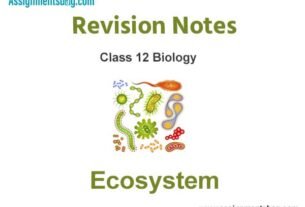Please refer to Chapter 8 Biomechanics and Sports Case Study Questions with answers provided below. We have provided Case Study Questions for Class 12 Physical Education for all chapters as per CBSE, NCERT and KVS examination guidelines. These case based questions are expected to come in your exams this year. Please practise these case study based Class 12 Physical Education Questions and answers to get more marks in examinations.
Case Study Questions Chapter 8 Biomechanics and Sports
Data-Based Questions:
Most loved sports activities data was collected from three cities:

On the basis of the chart given above, answer the following questions:
Question. A group of trekkers or skiers standing on a hill will be experiencing which friction?
(a) Static friction
(b) Sliding friction
(c) Rolling friction
(d) Liquid friction
Answer
A
Question. Which of the following activities’ alternative form would make one experience rolling friction?
(a) Trekking
(b) Rafting
(c) Skating
(d) Skiing
Answer
C
Question. What sort of friction will be experienced by the people who prefer rafting?
(a) Static friction
(b) Sliding friction
(c) Rolling friction
(d) Liquid friction
Answer
D
Picture-Based Questions:
Identify the following types of frictions and name them:

Answer : Sliding Friction

Answer : Fluid Friction

Answer : Rolling Friction

Answer : Static Friction
Case-Based Questions:
Every sports person does at least one of the four types of body movements at a time when she/he engages in a game.
On the basis of the situation given, answer the following questions:
Question. If a sports person flaps her/his arms to warm up, what sort of movement(s) is she/he performing?
(a) Extension and Flexion
(b) Extension and Adduction
(c) Flexion and Abduction
(d) Abduction and Adduction
Answer
D
Question Which body parts falls in the exception zone of flexion?
(a) Thumb
(b) Wrist
(c) Knee
(d) Elbow
Answer
A
Question. When the sports person squats, which of the following movement will she/he be performing?
(a) Internal rotation
(b) Extension
(c) Side flexion
(d) Adduction
Answer
B


